Bhupesh Bhandari in New Delhi
For centuries, businessmen are favourite punching bags of the powers that be whenever public opinion needs to be controlled.
To say that the Marwari business community of Kolkata is on tenterhooks is to put it mildly.
The arrest of the promoters of the Emami group for the AMRI Hospital fire, which killed 90 people, has sent shivers down the community's spine.
Emami is the only home-grown fast-moving consumer goods powerhouse headquartered in the city. It is in many ways the pride of the Kolkata Marwaris.
Strict action has been taken against the promoters of Emami, who were the directors on the AMRI board, though the non-Marwari executives, who were actually responsible for the day-to-day affairs of the hospital, are still at large.
Marwari community of Kolkata on tenterhooks
Image: File photo of firefighters at AMRI Hospital. (Inset) Emami logo.Photographs: Dipak Chakraborty/Rediff.com
Since such measures apparently resonate well with voters, the Marwaris fear it could be repeated in the days to come.
Their indignation is still muted.
One prominent Kolkata Marwari said he couldn't comment because all his mills are outside West Bengal.
Another said he would talk off the record. It is clear they don't want to do anything that can move popular opinion against them.
After all, they have substantial business interests in the city and the state. These men are practical people - confrontation is not good for business. This quality is ingrained in the traditional business communities.
Marwari community of Kolkata on tenterhooks
Image: A file photo of the rescue work going on at AMRI Hospital.Photographs: Dipak Chakraborty/Rediff.com
The Bania sub-caste draws its name from vanijya - business in Sanskrit. Long lampooned in popular culture as cowardly bloodsuckers, they nevertheless kept trade and commerce going for centuries together.
Since then businessmen have remained the favourite punching bags of the powers that be whenever public opinion needs to be controlled.
In 1857, there were prosperous trader-bankers in Delhi with their own postal system, and whose hundis were accepted as far as Africa.
Some were coerced into giving money to the mutineers; the ones who refused were killed. Those who had financed the rebels were punished severely by the British when they recaptured the city.
Damned if you do, damned if you don't - a worse dilemma is hard to imagine.
Marwari community of Kolkata on tenterhooks
Image: Mahatma Gandhi with Jamnalal Bajaj, extreme right.Mahatma Gandhi was close to several businessmen like Ghanshyam Das Birla and Jamnalal Bajaj. Most of them funded the Congress and supported it in its various movements.
At least one of them accepted a knighthood (Lala Shri Ram), given perhaps to elicit his support during World War II, but Mahatma Gandhi overlooked that.
Jawaharlal Nehru, on the other hand, was openly contemptuous of most businessmen. He had seen the progress made by the Soviet Union when the rest of the world was reeling under the Great Depression.
State-owned enterprises were the way forward, he was convinced, and businessmen were just unnecessary baggage.
Marwari community of Kolkata on tenterhooks
Image: Nehru had serious differences with J R D Tata.His run-ins with Ghanshyam Das Birla and Ramakrishna Dalmia (he even served a term in jail after Independence for financial impropriety) are well known.
He had serious differences with J R D Tata as well. Early in life, when he was short of money, Nehru had toyed with the idea of working with the House of Tata. He had even used a Tata aircraft during his campaign in 1937.
The Tatas were Parsis and did not wear their religion on their sleeves. They had built assets like the steel mill in Jamshedpur and the Taj Mahal hotel in Mumbai, which had done all Indians proud.
Marwari community of Kolkata on tenterhooks
Image: Taj Mahal hotel in Mumbai had done all Indians proud.Under J R D, the group had earned a name as an ethical business house which did things the right way. In fact, the Tatas were one of the few groups that came out unscathed from the probe into super-normal profits during the Second World War (1939-45).
Tata was one of the seven architects of the Bombay Plan of 1944-45. (The others were Birla, Ardeshir Dalal, Kasturbhai Lalbhai, Ardeshir Darabshaw Shroff, Lala Shri Ram and John Mathai.)
It talked of doubling farm output and raising industrial production four-fold with an investment of Rs 10,000 crore (Rs 100 billion).
In addition, it talked of state intervention for an equitable society, transition from an agrarian to an industrialised society and a strong public sector in key sectors.
Marwari community of Kolkata on tenterhooks
Image: Nehru once told Tata that he hated the word profit.It was a precursor to the first Five-Year Plan that Nehru rolled out in 1950. But fractures in the relationship began to emerge soon after Independence. Tata did not approve of Nehru's economic policies. Nehru once told Tata that he hated the word "profit".
"Jawaharlal, I am talking about the need of the public sector making a profit," Tata replied.
"Never talk to me about the word 'profit'; it is a dirty word," Nehru retorted.
Tata, unsure of the prime minister's socialist bent of mind, turned down his invitation to join a delegation to the United Nations on the ground that there was so much to do inside the country.
Marwari community of Kolkata on tenterhooks
Image: Tata's Air India was nationalised by the government.Giving the same argument, he declined Nehru's invitation to head Indian Rare Earths, one of the first public sector units floated after Independence.
In turn, Tata's Air India, Air India International and insurance outfit were nationalised by the government. The Licence Raj, the culmination of Nehru's economic vision, was meant to rein in "unprincipled" businessmen.
It turned out to be something quite different: a cozy club of politicians, bureaucrats and businessmen where everybody helped each other.
Marwari community of Kolkata on tenterhooks
Image: Raid Raj was unleashed by the V P Singh government.Once in a while, businessmen were taken to task (nationalisation, punitive taxation, raids et cetera) to generate positive public opinion.
The Raid Raj unleashed by the V P Singh government was more of a public display of anger at profiteering businessmen than anything else.
So what we are seeing in Kolkata is nothing new.

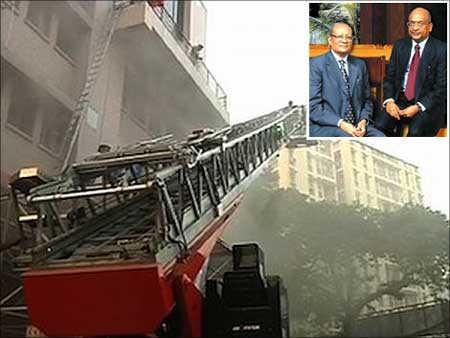
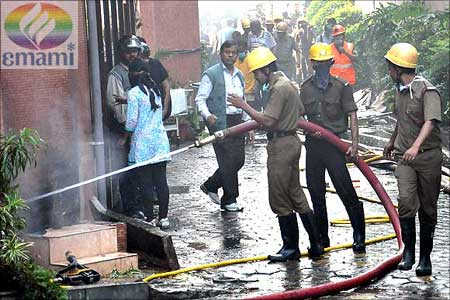
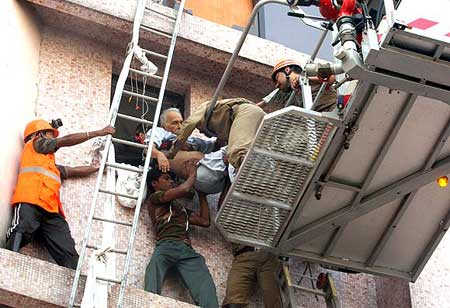
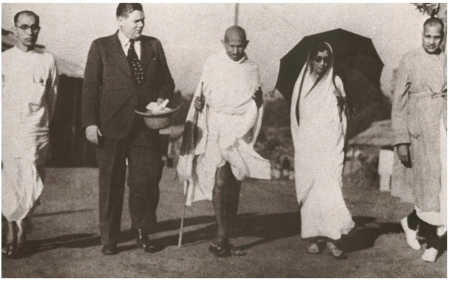
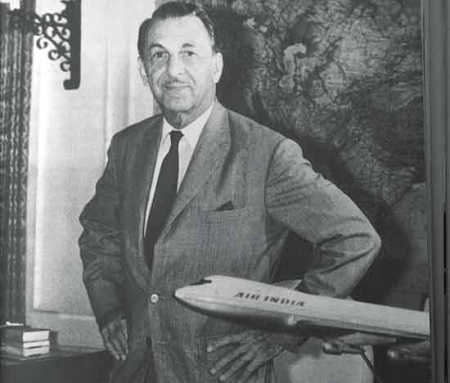

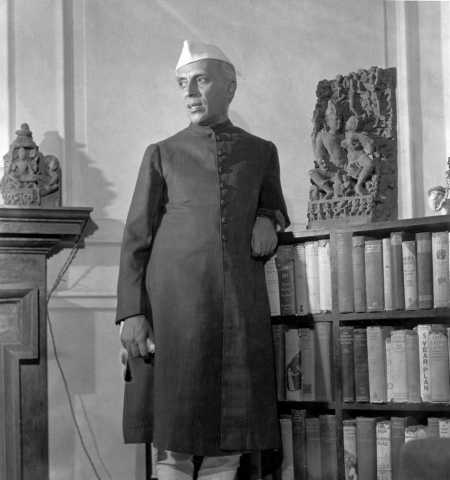
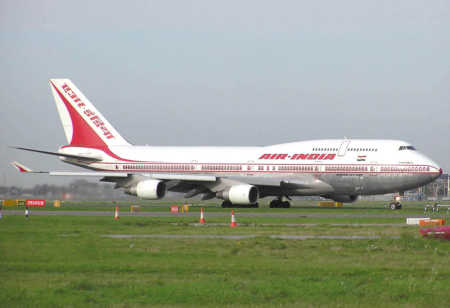
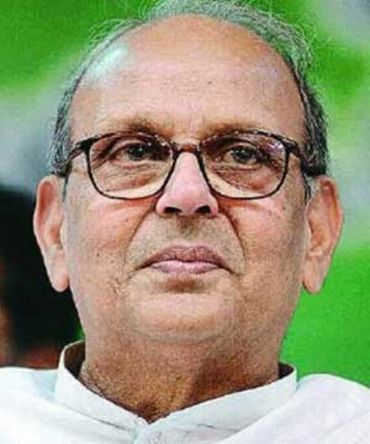

article